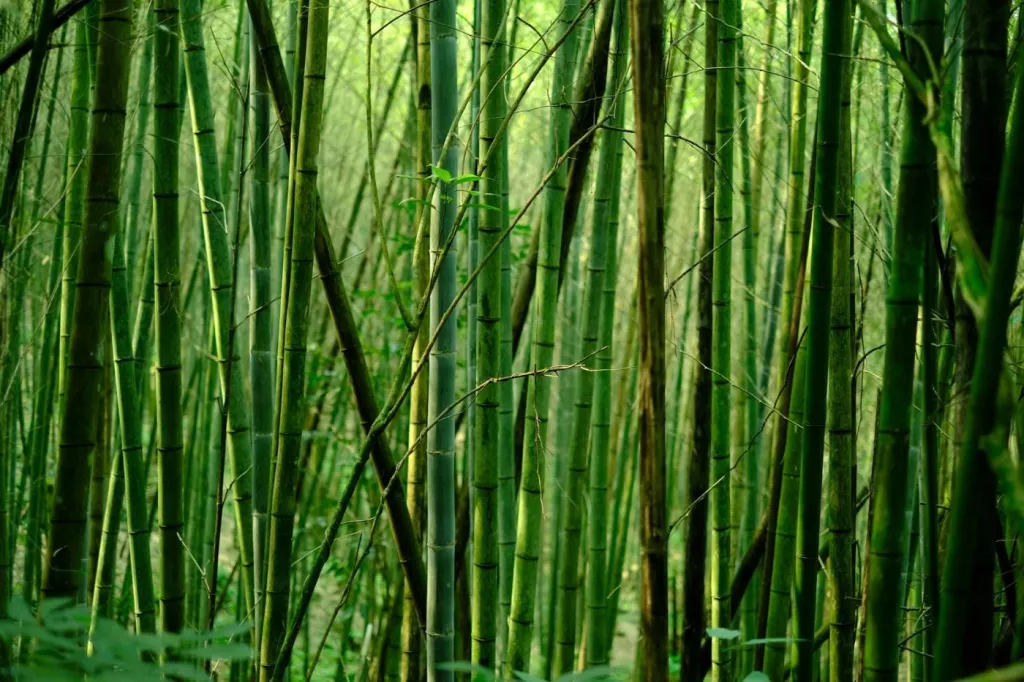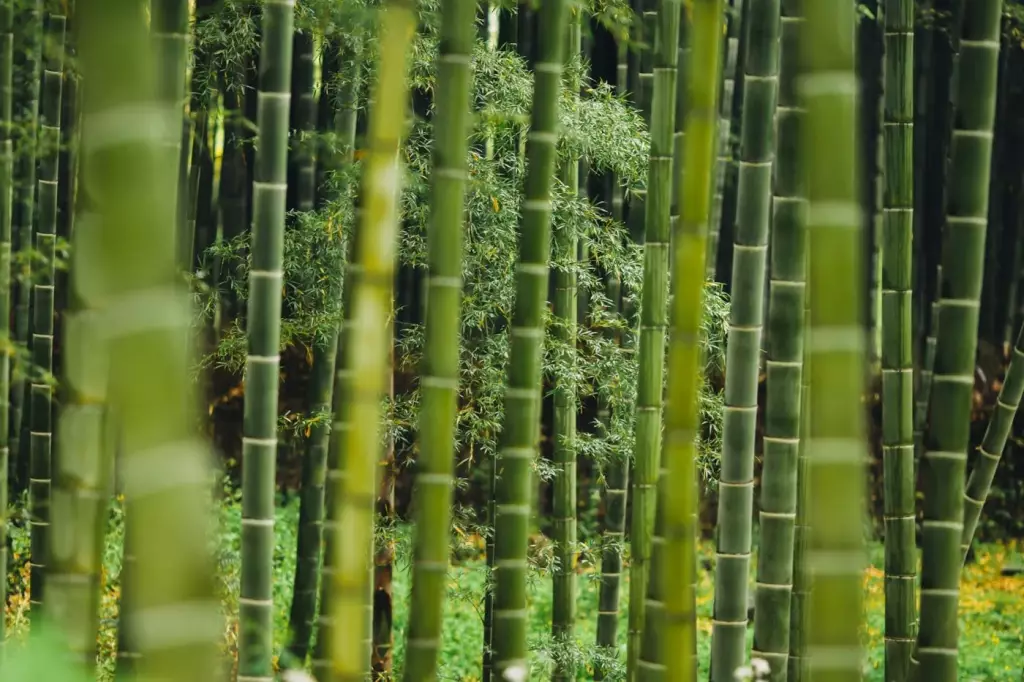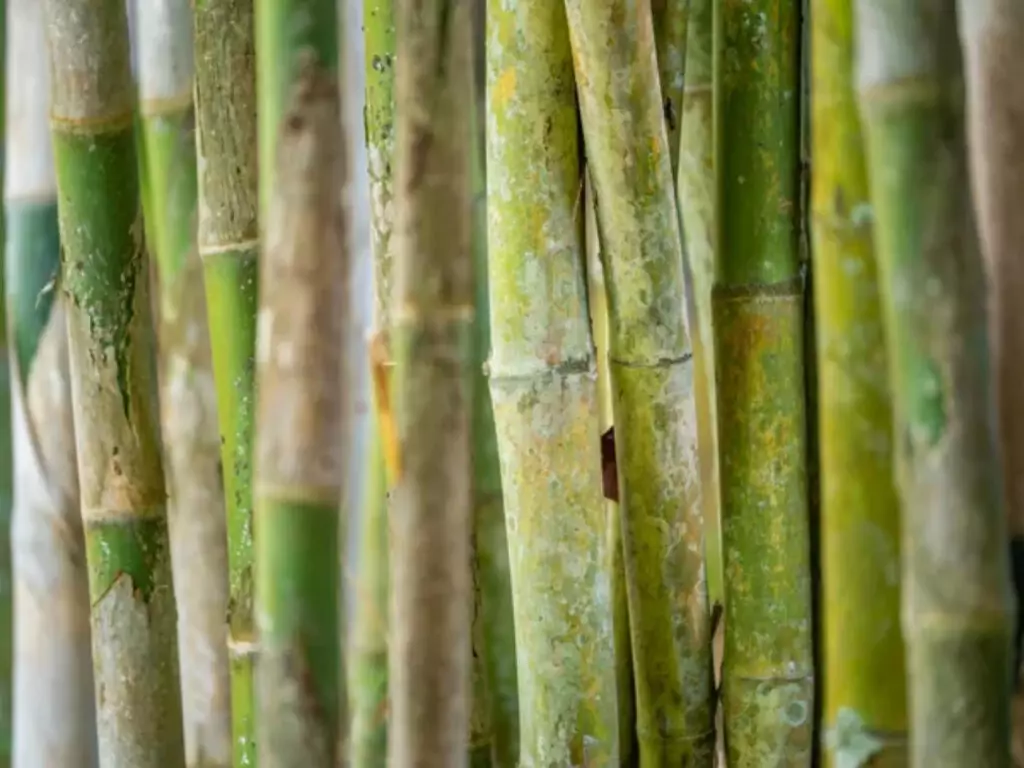Are There Bamboo Farms in the US?
In the United States, over 22 types of bamboo are cultivated across more than 60 bamboo farms. These farms span a variety of climates, showcasing bamboo's adaptability from the warmer regions of the Southeast to the cooler Pacific Northwest. In this article, let's focus on the presence, distribution, and characteristics of bamboo farms in the United States.
Bamboo farming in the United States exists, particularly in states with warm climates like Florida, Louisiana, and Georgia. These farms cultivate bamboo for various purposes, including landscaping, construction, and the production of bamboo products like furniture, flooring, and utensils.
From the snowy reaches of the north to the sun-drenched south of the United States, bamboo's versatility is put to the test. Join us as we explore how bamboo adapts to American soil.
Summary
- Different regions in the US offer varied climates conducive to bamboo cultivation, with the Southeast and California being particularly suitable due to their warm and humid or diverse climate conditions, respectively.
- Challenges such as invasive species management, pest infestation, and market development affect bamboo farming in the US, necessitating innovative solutions and strategies for sustainable growth and profitability.
- The regulatory framework and support services in the US aim to promote sustainable bamboo farming, with guidelines from the USDA and EPA, alongside support from organizations like INBAR, providing a foundation for industry development.

On this page:
Exploring Bamboo Farms in the US
Here's a summary of some of the most popular bamboo farms in the US and their locations:
| Farm Name | Location |
|---|---|
| Mixon Farms | Manatee County, Florida |
| Rizome Bamboo | Bradenton, Florida |
| OnlyMoso | Near Fort Lauderdale, Florida |
| Resource Fiber | Alabama |
| National Bamboo | North Carolina |
| Thigpen Trail Bamboo Farm | Georgia |
Mixon Farms commonly cultivates Moso bamboo
Located in Manatee County, Florida, Mixon Farms ventured into bamboo cultivation by planting about eight acres of commercial bamboo.
They focused primarily on Moso bamboo for its edible shoots and potential for timber. However, recent developments suggest they began selling off their land, which might affect the future of their bamboo grove.

Rizome Bamboo specializes in engineered bamboo lumber
Also based in Bradenton, Florida, Rizome Bamboo has been engaged in cultivating bamboo in the Philippines, with plans to expand operations to Florida.
They specialize in engineered bamboo lumber for the construction industry. Bamboo offers a sustainable alternative to construction materials such as steel and hardwoods.
OnlyMoso specializes in Moso and Asper bamboo
Near Fort Lauderdale, Florida, OnlyMoso specializes in growing Moso bamboo and Dendrocalamus asper. They provide starter plants to other farmers and operations, including Mixon Farms, and have partnerships in China and Europe.
Resource Fiber is focused on Henon and Rubro bamboo
Once considered the largest operation of bamboo cultivation and processing in the US, Resource Fiber cultivated 100 acres of Henon and Rubro bamboo. However, they closed permanently after failing to secure new investors at the end of 2021.
National Bamboo aids in transitioning to bamboo crops
Operating in North Carolina, National Bamboo aids farmers in transitioning from traditional crops to bamboo, recommending various species suited for the climate and purpose, including Phyllostachys nigra ‘Henon’ and Moso bamboo.
Thigpen Trail is a family-owned bamboo farm
Located in Georgia, this family-owned farm and nursery specializes in about 100 varieties of bamboo, focusing on non-invasive species to protect the local habitat. They sell live plants to individuals and wholesale to nurseries and small farms.
Popularity and Demand of Bamboo in the US
You might find it interesting that the global bamboo market is expansive, with an estimated turnover of close to $80 billion a year.
Due to its growing popularity, the United States has become the largest importer of bamboo, primarily sourced from China. This high demand underscores the significant market for bamboo products, ranging from construction materials to textiles.
In the US, bamboo farming is gaining attention as a viable and sustainable business. With more than 1,400 bamboo species**, a couple are especially promising for US agriculture.
Moso bamboo is particularly esteemed for its potential on American soil due to its suitability for high-value wood products.
Your interest in bamboo can also be seen through the lens of sustainability. Bamboo can sequester carbon efficiently, which ties to the increased interest in eco-friendly and sustainable products that has been rising domestically.
This interest is nurturing a budding industry within the US, where farmers are starting to capitalize on the strong market demand for bamboo.
Given these points, the demand for bamboo is not just due to its versatility but also its environmental benefits, poising bamboo farming in the US to respond to market needs while also contributing positively to ecological well-being.
US Regions With Bamboo Cultivation
In your exploration of bamboo farming in the US, you'll find that it's still an emerging sector. Distinct regions across the United States have started to recognize the potential of this versatile plant.
| Region | Climate Suitability | Bamboo Species Diversity |
|---|---|---|
| Southeast (e.g., Florida) | Warm and humid, conducive to bamboo growth | High |
| California | Diverse, from wet north to dry south | High |
| Canada | Cooler climate, suitable only for cold-hardy species | Limited |
| Southern US | Similar to Southeast Asia, warm and humid | High |
The southeast, especially in states like Florida, has seen a rise in bamboo cultivation due to its warm and humid climate, conducive to bamboo growth.
Looking to the west, California also hosts several bamboo farms. The state's diverse climates, from the wetter north to the drier south, support different species of bamboo. This diversity allows California to contribute significantly to bamboo cultivation in North America.
Farther north, the cooler climate of Canada poses challenges to bamboo farming, as only cold-hardy species can survive. With climate variation, some regions of Canada are beginning to experiment with certain types of resilient bamboo.
Resembling Southeast Asia, the southern states of the US have the advantage due to their similar climate. However, unlike countries like China, where bamboo farming is well-established, bamboo cultivation in these US regions is still being optimized.
Challenges Faced by Bamboo Farmers in the US

Below is a comprehensive breakdown of the challenges faced by bamboo farmers in the United States:
Invasive species management
Certain bamboo types, notably Phyllostachys aureosulcata (Yellow Groove Bamboo) and Phyllostachys nigra (Black Bamboo), have an invasive tendency, often spreading beyond intended areas.
Effective containment strategies are crucial, requiring physical barriers or meticulous plot management to prevent uncontrolled spread.
Pest infestation
Bamboo farms in the US might encounter pests unfamiliar to native bamboo ecosystems. Managing these pests often necessitates pesticide use, introducing additional costs and environmental concerns.
Moreover, the issue is compounded by the increasing resistance of many pests to conventional pesticides, demanding innovative solutions.
Climate and soil requirements
Bamboo thrives under specific conditions, necessitating well-draining soil with a pH between 6.0 and 7.0. However, these ideal conditions are not inherent to all US regions, potentially necessitating soil amendments or treatments.
Additionally, areas lacking adequate sunlight may suffer from degraded soil quality over time due to bamboo's high resource demand.
Market development and profitability
The market for bamboo products in the US is still emerging, contrasting with areas where bamboo is indigenous and widely utilized.
This nascent market poses challenges for profitability. Integrating bamboo with other agricultural practices, such as citrus farming, may provide diversification benefits and enhance profitability as the bamboo market develops.
Regulatory Framework and Support for US-Based Bamboo Farms
Regulatory framework for bamboo farms
- United States Department of Agriculture (USDA): Sets guidelines for agricultural practices, with evolving regulations for bamboo to ensure sustainable farming and product safety.
- Environmental Protection Agency (EPA): Implements rules that might impact bamboo farming, especially regarding pesticide use and water management, to preserve environmental health.
Key regulations
- Lacey Act Compliance: Mandates the responsible sourcing and harvesting of bamboo to combat illegal plant and plant product trade.
- Import regulations: Overseen by USDA's Animal and Plant Health Inspection Service (APHIS), these regulations govern the introduction of new bamboo species and related products into the U.S.
Support services
- International Network for Bamboo and Rattan (INBAR): Affiliated with the United Nations, INBAR provides resources and support for sustainable bamboo development, focusing mainly on the international bamboo trade.
Staying informed and supported
- Regularly consult USDA and EPA websites for regulatory updates and guidelines.
- Engage with local extension services or agricultural nonprofits for bamboo-specific advice and support.
Where in the US Can You Grow Bamboo?

Bamboo is quite a versatile plant and can grow in various parts of the United States. You can cultivate bamboo in warm climates, particularly in southern states like Florida, which supports over 20 species.
The Pacific Northwest has also seen success with certain bamboo types tailored to its environment. Here's a quick look at the regions suitable for bamboo cultivation:
- Southeastern US: Ideal due to warm temperatures and ample rainfall.
- Pacific Coast: From Northern California to Washington, specific varieties adapt well.
- Southwest: Arid regions may require more irrigation.
USDA Hardiness Zones play a role in what types of bamboo you can grow. Hardiness zones are based on the average minimum temperature of the area. Bamboo plants that are matched to their proper zone will have the best chance of thriving.
Below is a simplified zone guide for your reference:
| Zone | Bamboo Suitability |
|---|---|
| 5-6 | Certain cold-hardy types |
| 7-9 | Most common bamboo types |
| 10+ | Tropical bamboo varieties |
You need to select the appropriate species for your region to ensure success. You can also opt for bamboo species like the Golden Bamboo (Phyllostachys aurea), which is adaptable to a wide range of climates.
Can Bamboo Survive in the US?
Bamboo is quite adaptable and can thrive in various regions across the United States. While you might think of it as a plant for tropical environments, several bamboo species are hardy enough to withstand colder climates.
For instance, your garden could successfully host bamboo, even if it's in a state with harsher winters like Vermont or Minnesota.
You should choose the appropriate species for your climate. The Moso bamboo is a popular variety that's suited for high-value wood products and grows well in certain regions.

On the other hand, species like Rubromarginata are also indicated for U.S. farmland. Each type has its own specific growing requirements and environmental preferences.
Bear in mind, bamboo can spread quickly if not managed properly. It's often regarded as an aggressive plant because of its fast growth rate.
With the right care and management, you can harness this growth to your advantage on your farm or in your garden. By selecting the right species and understanding its needs, you can indeed have thriving bamboo growth in the US.



